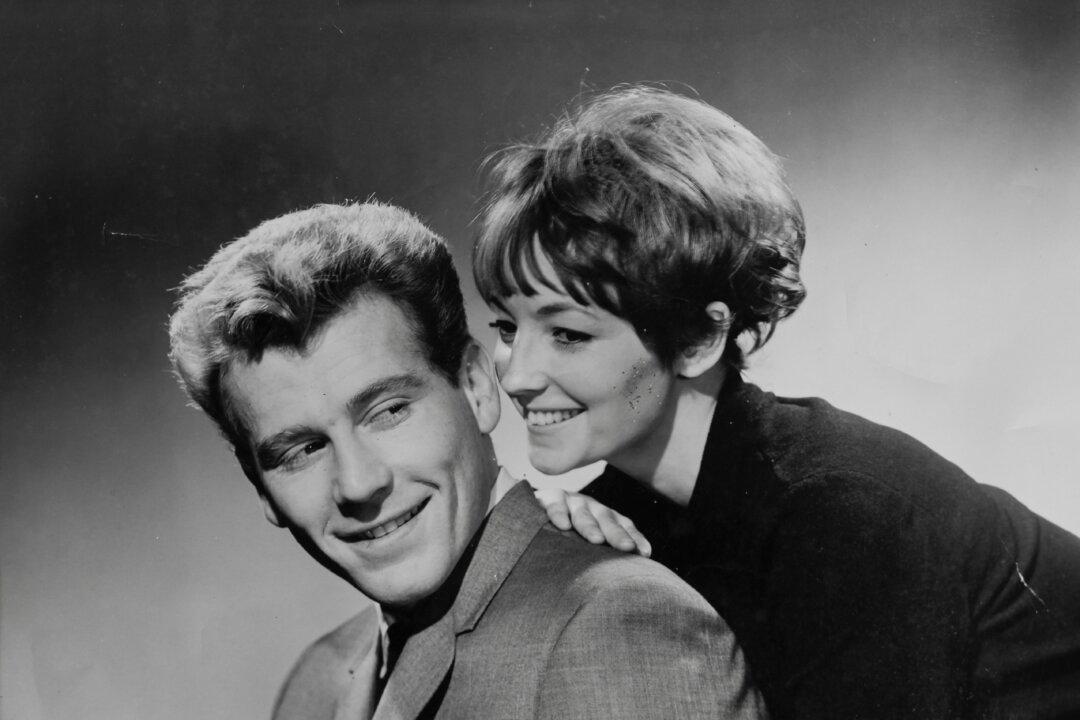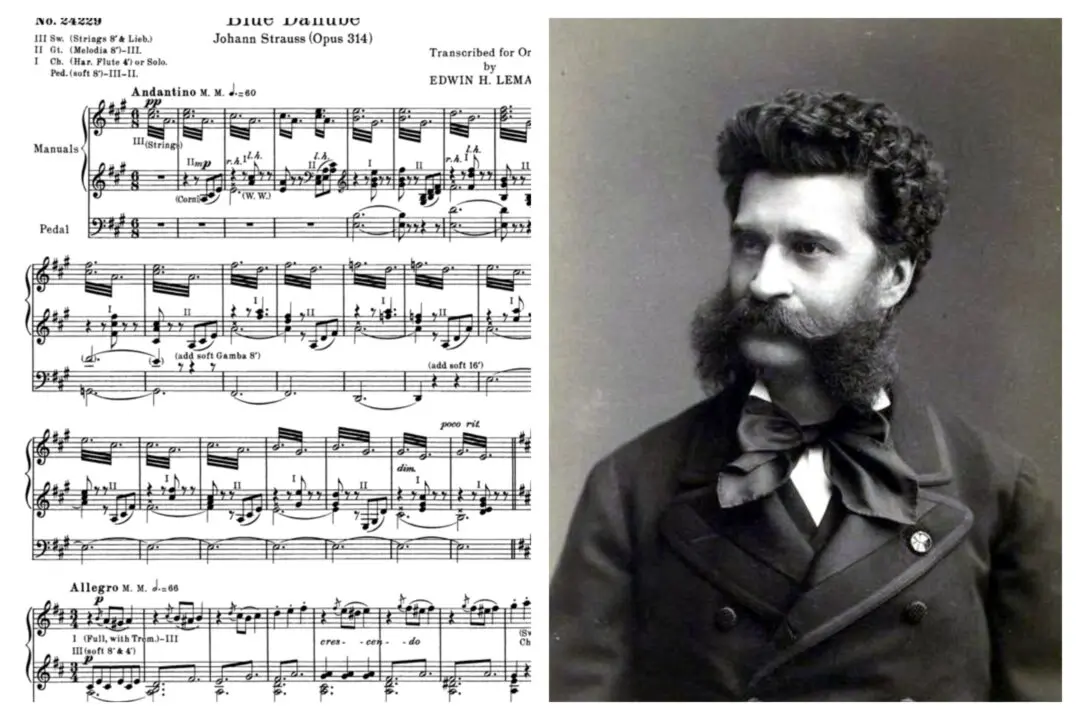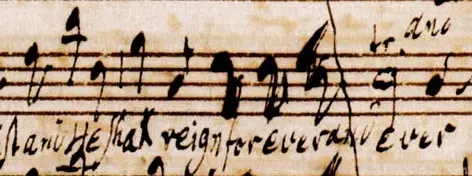David Bean has been a teenage gangster, a lost boy, a farmer, and an author—the first two on stage and screen, the latter two in real life. Real life and the actor’s life flow together in his 2021 memoir, the subtitle of which is apt: “The Story of a Dancer’s Extraordinary, Ordinary Life.”
The title of his book, “When You’re a Jet,” gives away the gangster identity. Bean played Tiger, one of the Jets in the 1961 film of “West Side Story,” as well as other Jet roles in the London and British touring productions of the celebrated musical. As his biggest claim to fame, the movie role occupies the biggest chunk of the book. In an interview, Bean explained why he believes “West Side Story” was one of the most important musicals of the 20th century: “The genius of the men who created ‘West Side Story’ will never be equaled. The passion of Leonard Bernstein’s music, the passion that [choreographer] Jerry Robbins instilled in each of us to tell the story in dance, and the lyrics of Stephen Sondheim that were real and effortless to perform.”






